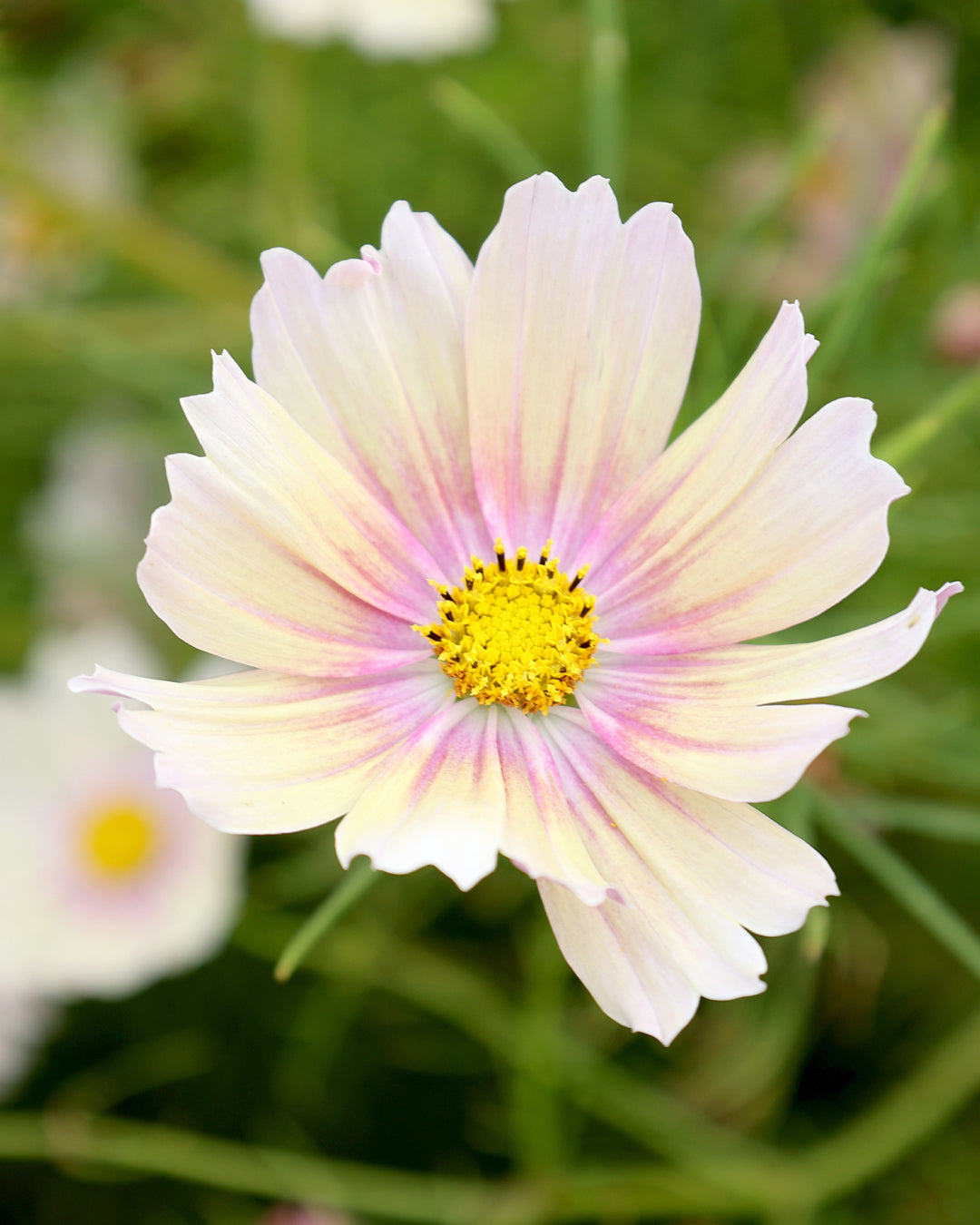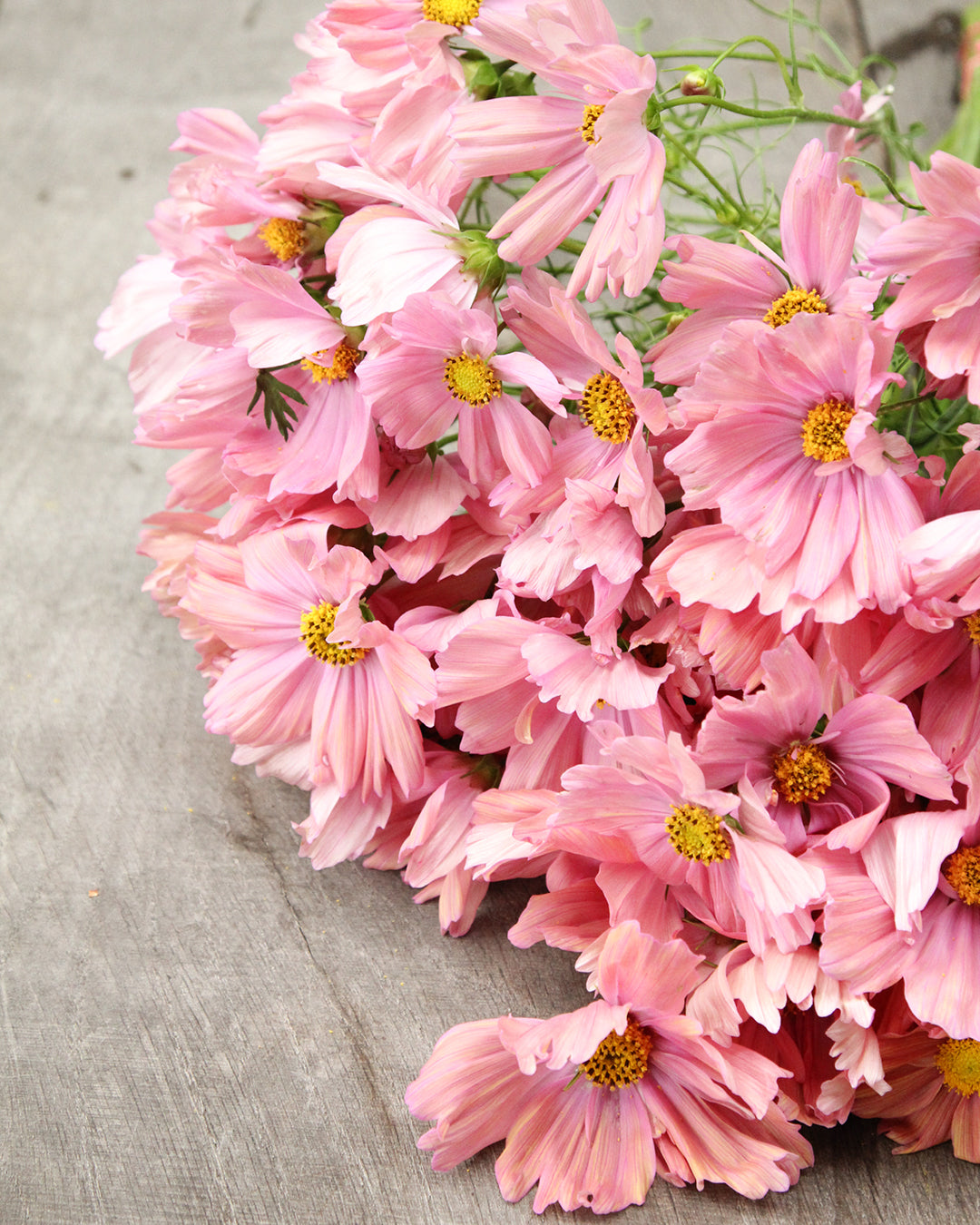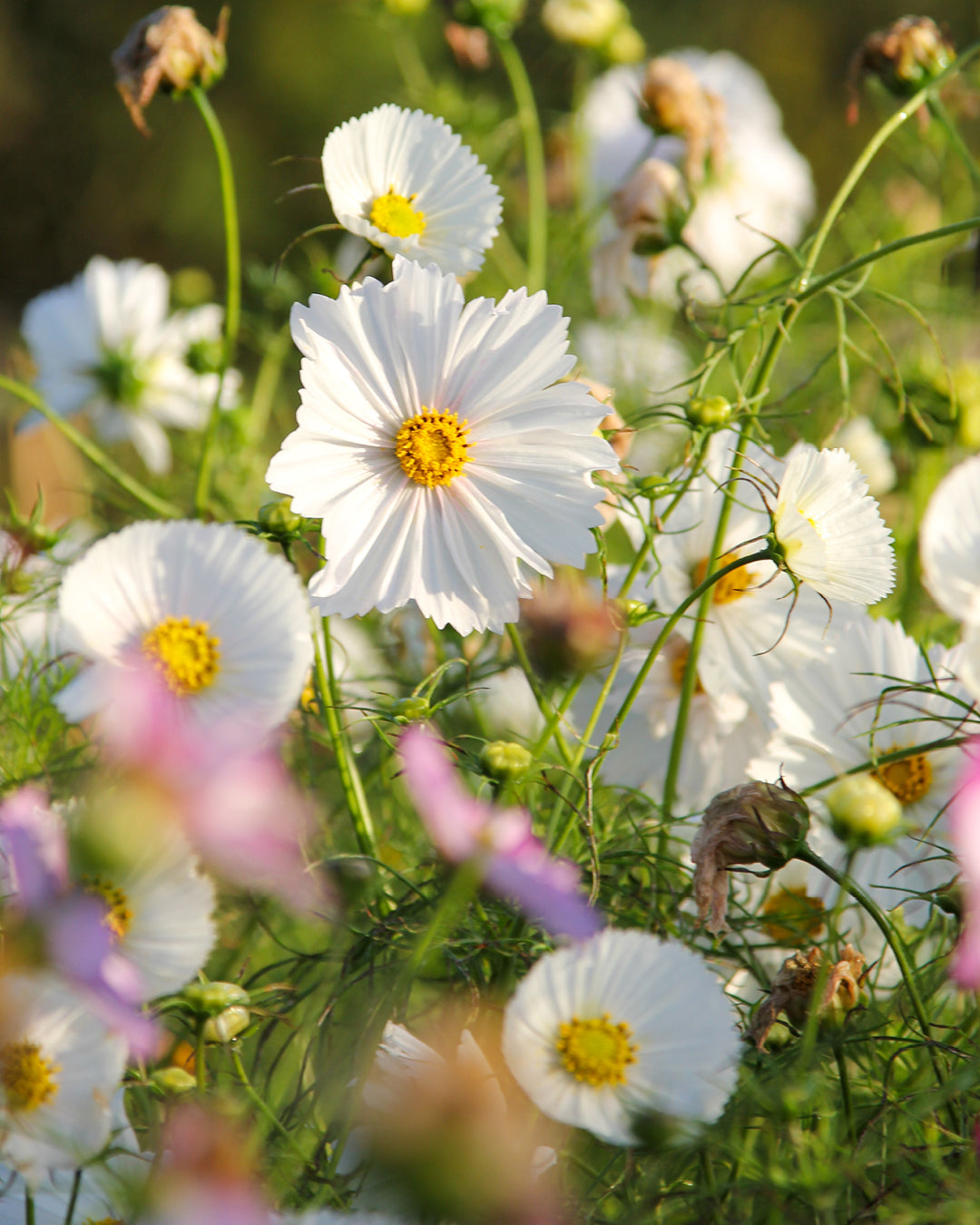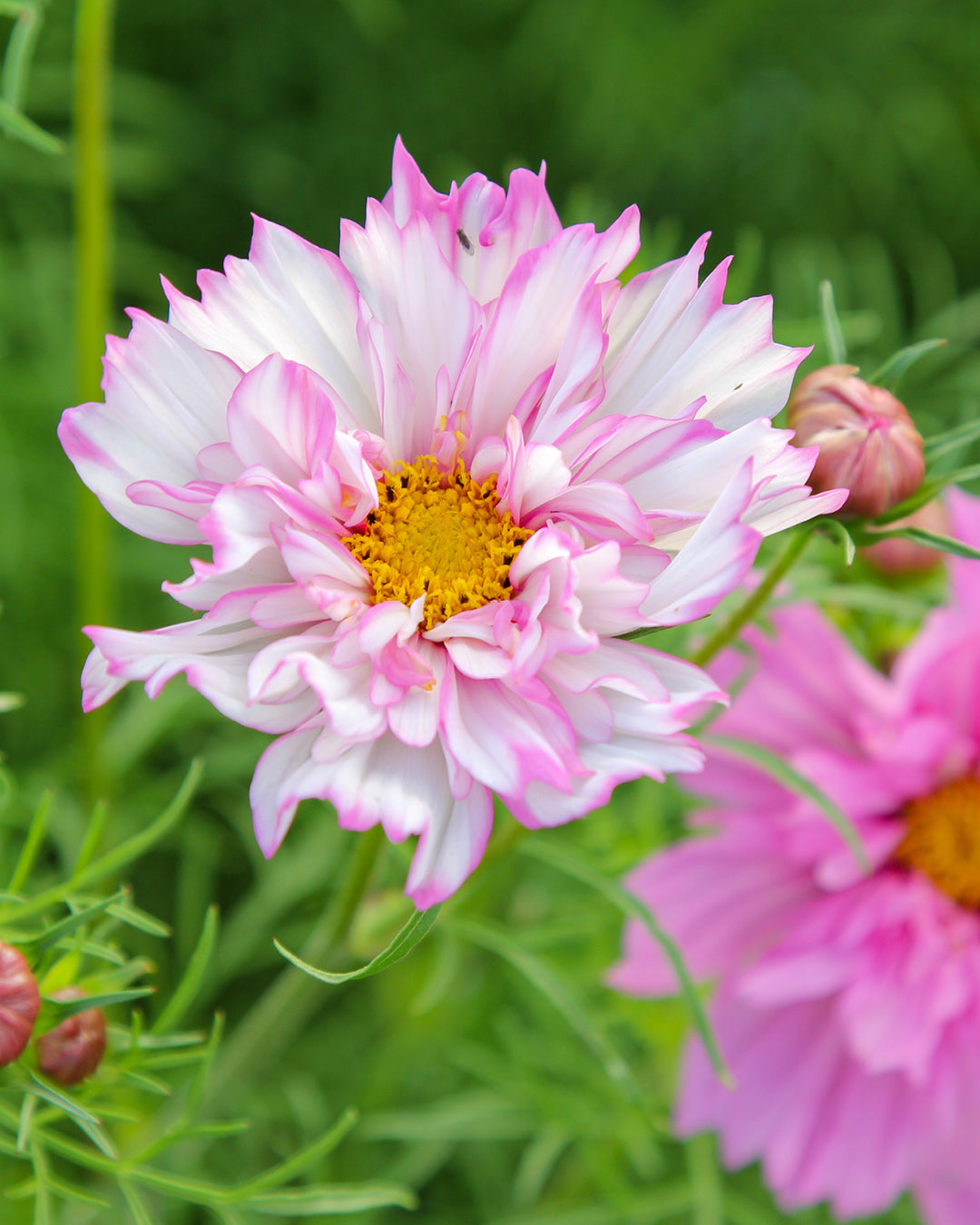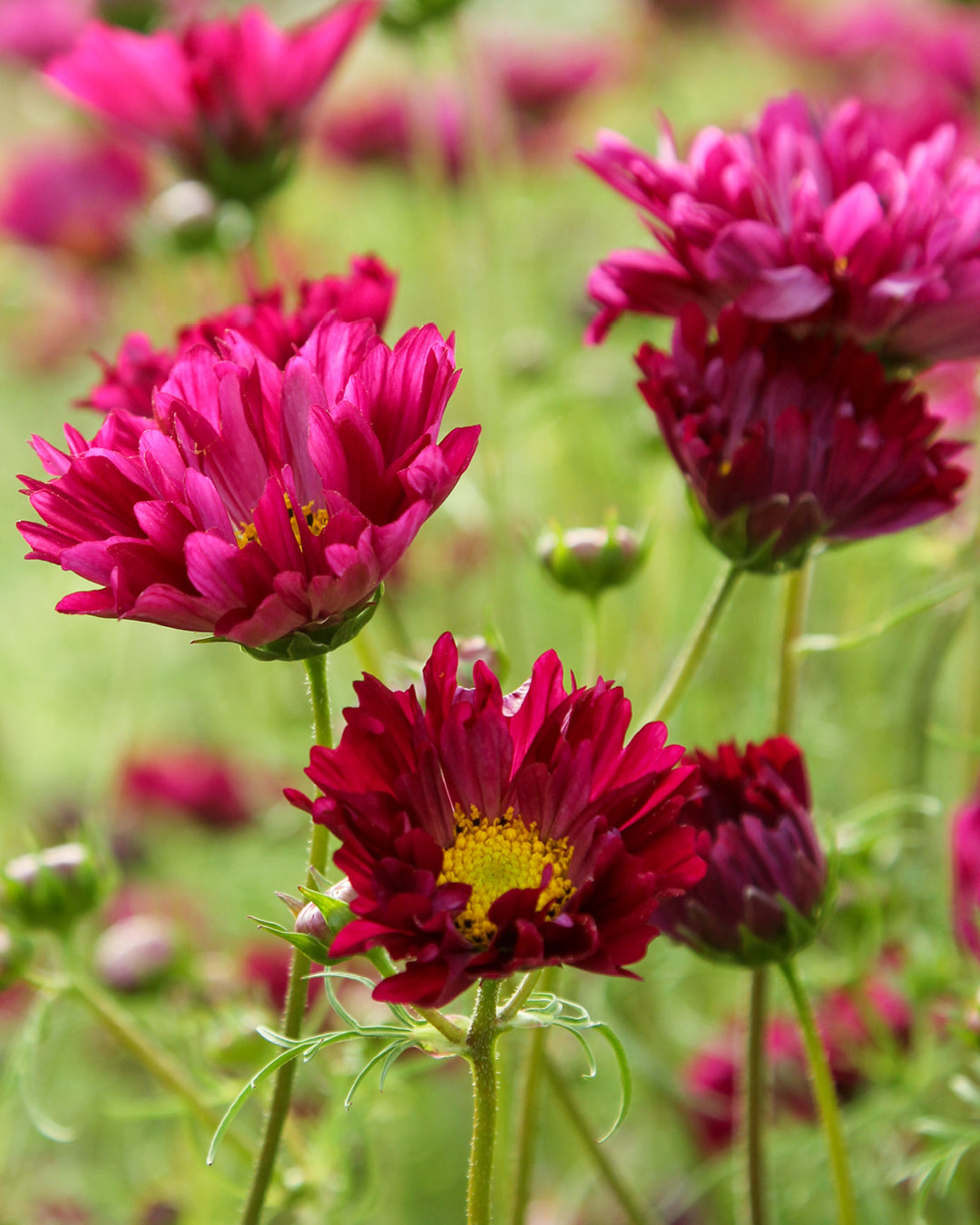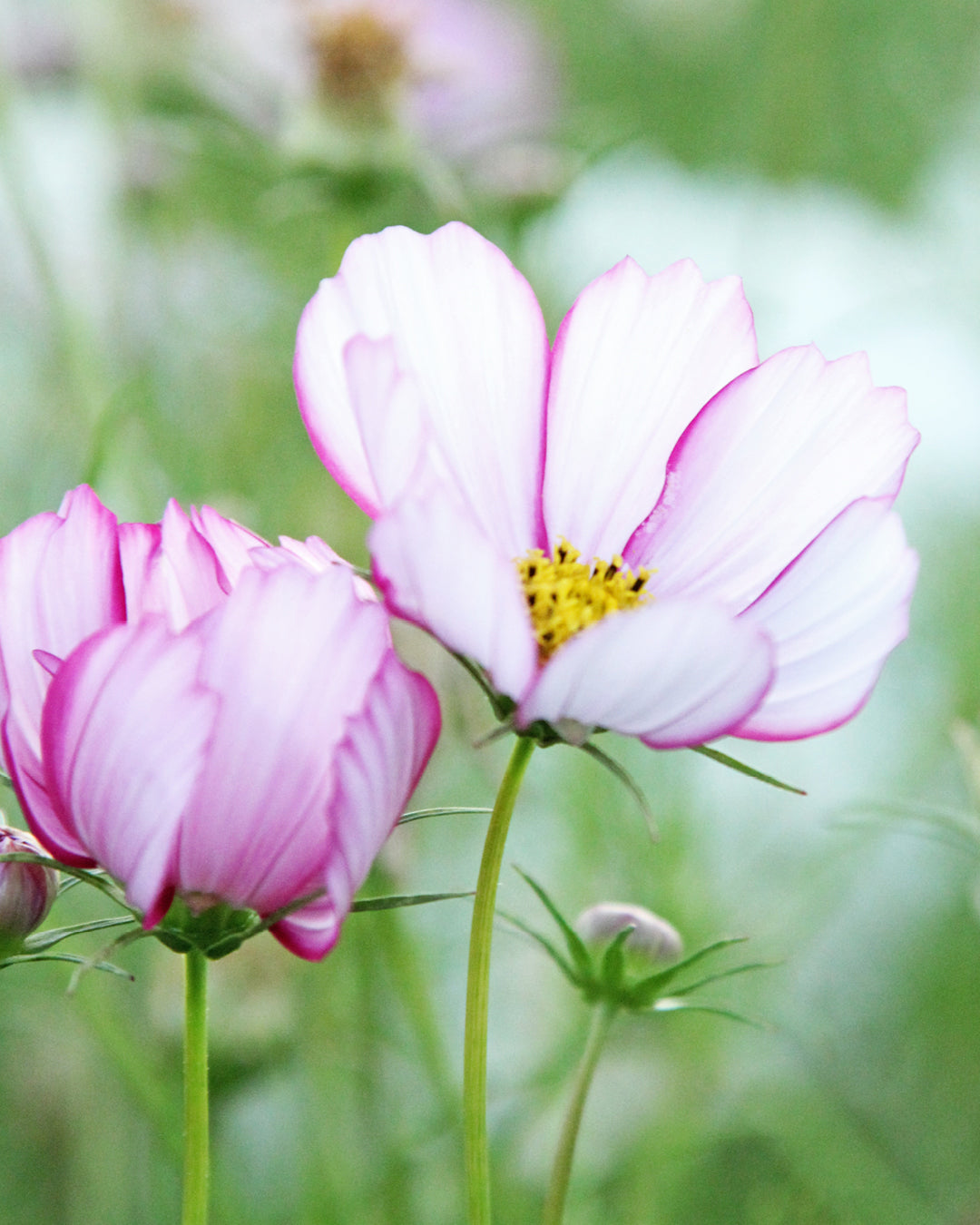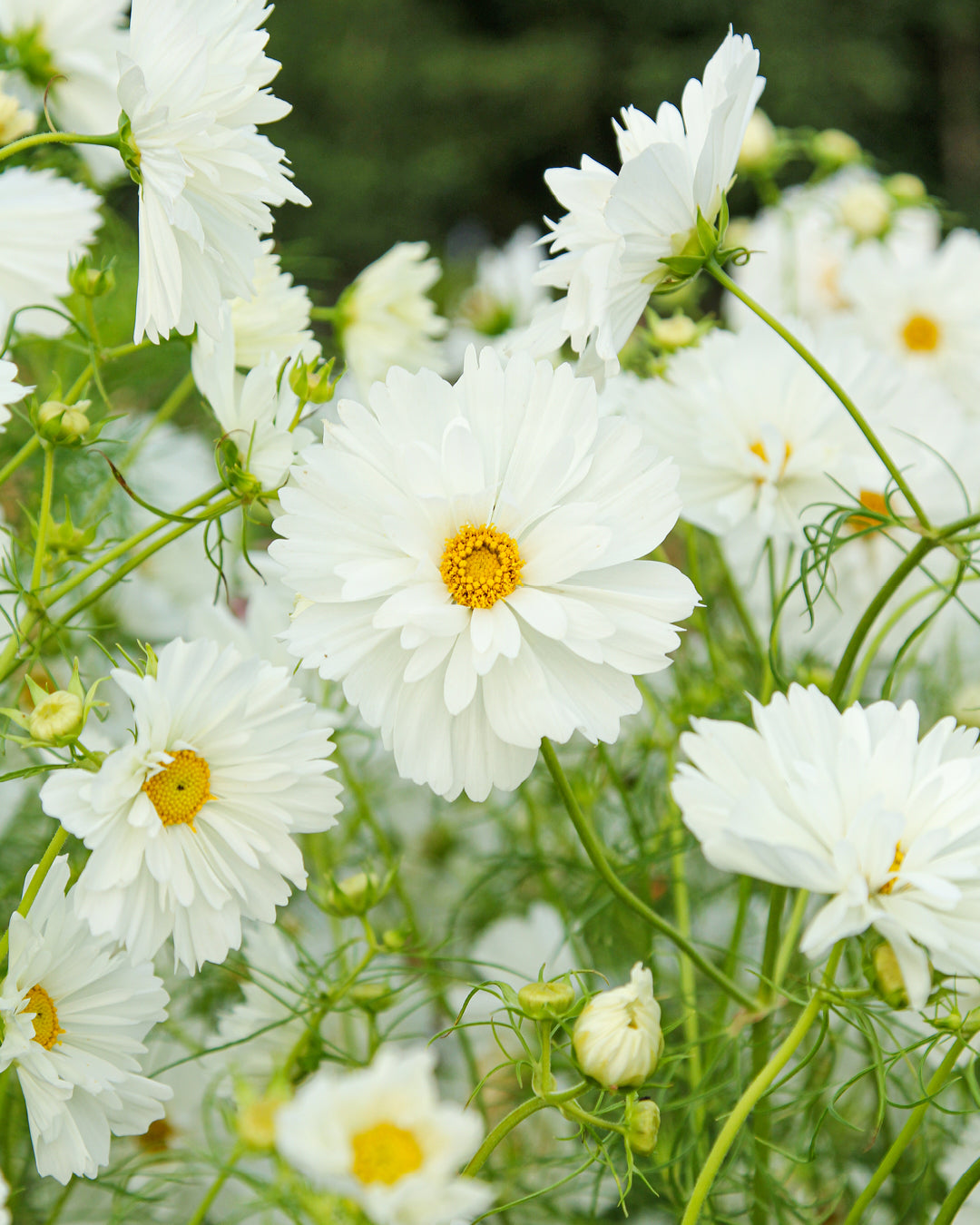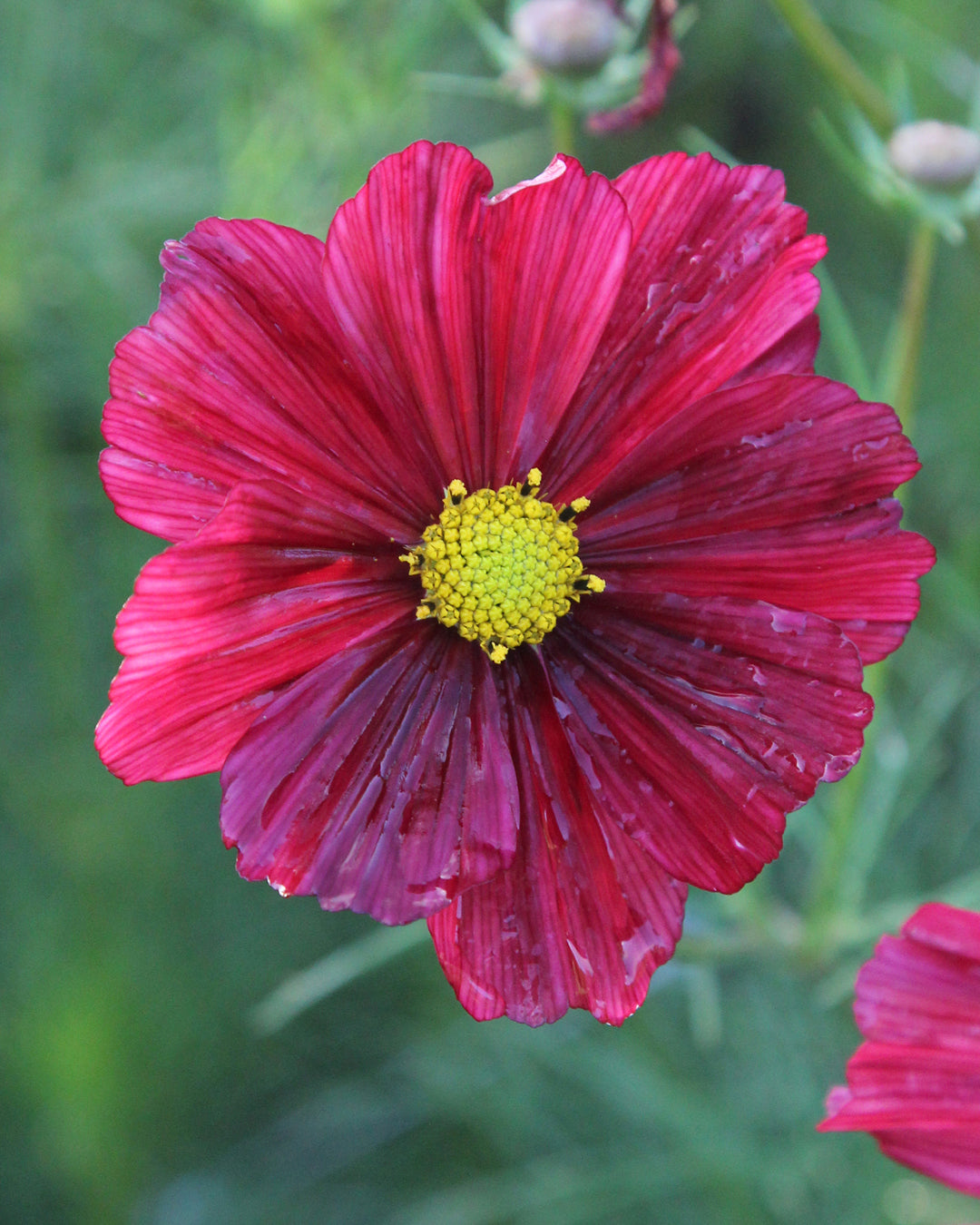Gardening tips for the ornamental garden in March
In March, the gardening season finally begins again! The days are getting longer, the sun is gaining strength—and there's a lot going on in the ornamental garden. Now is the time for pruning, planting, sowing, and initial protective measures. Those who get active in March will lay the foundation for a magnificent flowering season.
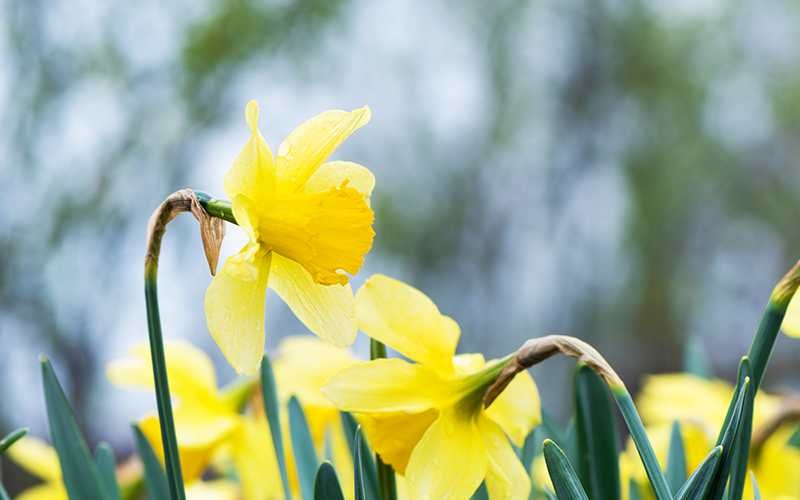
Cutting and caring for roses
Once the forsythias bloom, it's the perfect time to prune roses. Prune floribunda roses back to three to five buds, remove dead shoots, and aerate the root zone if you've mounded it up over the winter.
Cut back perennials
Many perennials and ornamental grasses weren't pruned over the winter—now's the perfect time to catch up. Cut dry stalks and leaves close to the ground, paying attention to new shoots. The clippings can be chopped up and used as mulch or composted.
Prefer summer flowers
March is the peak season for pre-cultivating many summer flowers. Particularly suitable are:
You can sow these varieties now:
- Zinnia 'Benary's Giant Golden Yellow'
- Zinnia 'Zinderella White'
- Jewelery basket 'Double Click Bicolor Pink'
- Snapdragon 'Potomac Cherry Rose'
- Summer aster 'Lady Coral Lavender'
- Carrot
- Feverfew 'Vegmo Single'
Start the seeds in seed compost at 18–22°C in a bright spot. Ensure consistent moisture and good ventilation. Once the seedlings are strong enough, you can prick them out and later plant them in the garden bed.
Early bloomers and bulbous flowers
Crocuses, daffodils, squills, and tulips are now ready to bloom or are already in bloom. Be sure to leave the leaves after flowering; they are important for bulb regeneration. Remove only the dead flowers.

Wood and shrub pruning
Deciduous ornamental shrubs that bloom in summer, such as buddleia or panicle hydrangeas, can still be pruned now. Please note: Radical pruning is only permitted until March 1 (according to the Bird Protection Act). Formative and maintenance pruning is still possible.
Dividing and transplanting perennials
Now is the ideal time to divide strong, well-rooted perennials like asters, daylilies, or coneflowers. Dig them up, divide the root ball, and replant the pieces—this will ensure vitality and better blooms.
Stop snails early
As soon as the weather warms, snails become active again. Check vulnerable areas regularly and remove hiding places like old leaves or mulch residue. Collect snails early, setting up snail fences or barriers if necessary. The earlier you start, the less feeding pressure will be in spring and summer.
Planting time for perennials and woody plants
Container plants and bare-root roses can be planted in open ground now. Loosen the soil deeply, work in compost, and ensure adequate watering during the first few weeks.
Planning and structure in the garden
Use the spring energy to create new planting plans: Where are colors missing? Which perennials should be added or replaced? Now is the time to combine perennial partners, fill gaps, or create new beds.
Frequently asked questions (FAQ) about the ornamental garden in March
When should I prune roses?
As soon as the forsythias bloom – this is the classic signal for pruning roses in spring.
Can I sow summer flowers now?
Yes, many varieties such as zinnias, snapdragons or cosmos can be started indoors or in a greenhouse from March onwards.
Is it too early for new plantings?
No – if the ground is frost-free, March is ideal for perennials, roses and woody plants.
What can I do about snails?
Now is the best time to eliminate snail hiding places and collect them early. Prevention in March helps avoid damage in the summer.
Which flowers bloom in March?
Snowdrops, crocuses, daffodils, bluebells and Lenten roses now bring color to the flowerbed.

